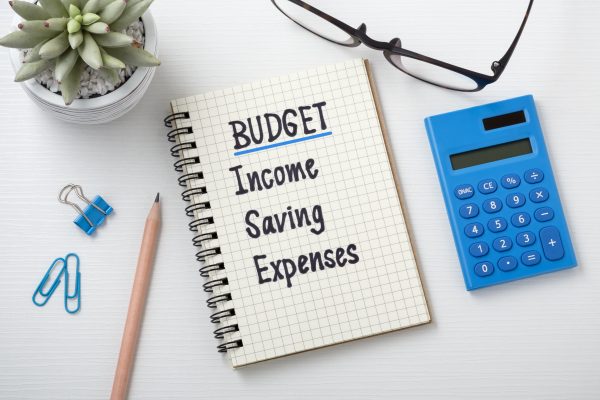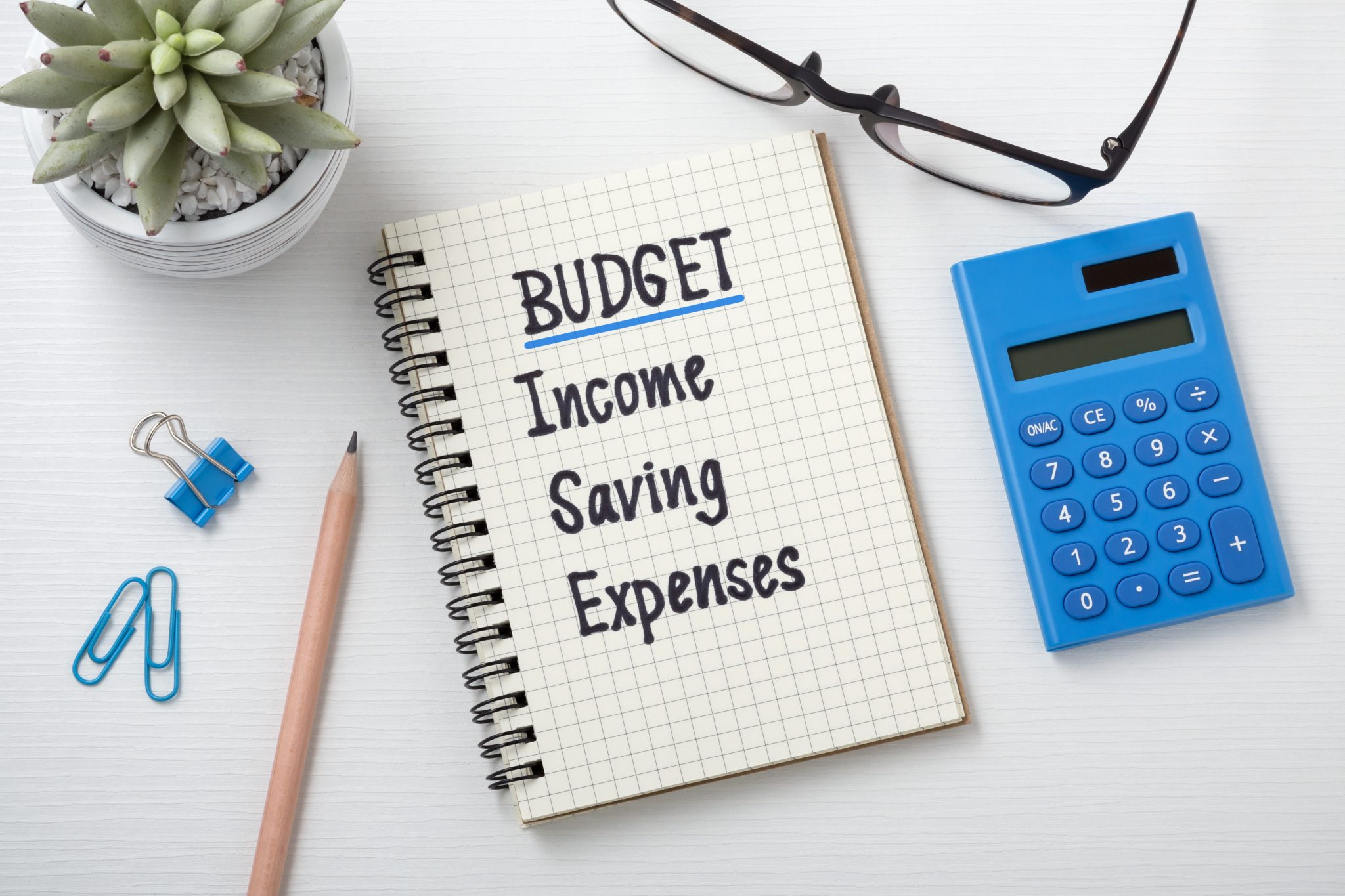Finance & Career

Having financial success does not come naturally; it comes about through planning. Follow these steps to develop a financial plan.
Taking control of your financial life involves having and using the knowledge and skills needed to effectively manage your financial resources. Whatever your situation, there are things all consumers should know and be able to do. One of the most basic things you can do is to improve your understanding of financial products, services, and concepts to make informed financial decisions.
Having financial success does not come naturally; it comes about through planning. Financial planning is a continuous process of creating and implementing financial plans to achieve financial success. Financial planning helps you to:
- Identify different ways to use your money
- Compare financial options
- Use the money you have to obtain the things you want
- Prevent wasteful spending
- Organize your financial resources
- Avoid money worries
Steps for Successful Financial Planning

Figure 1. Personal budget planning / iStock image by everydayplus.
Use the following steps for successful financial planning.
Step 1: Get to Know Your Financial Situation
Determine how much money is coming in and going out of your household. This involves doing a bit of record-keeping. Keep a record of all money you receive (income) and all the money you spend (expenses). One way to keep track of expenses is by developing and using a spending plan, more commonly known as a budget.
Step 2: Know What You Want to Achieve (Goals)
Write down your financial goals. Be specific about what you want to accomplish. Determine the cost of each goal and the amount of time it will take to accumulate the money you will need to attain each goal. Be committed to achieving your goals.
Step 3: Develop Strategies or a Plan to Achieve Your Goals
Develop strategies or a plan of action to achieve your goals. Create strategies to maintain a plan to spend, save, invest, and protect the money you earn. Make sure your goals are:
- Flexible. You want to make sure that you allow for any changes to be made to your plan.
- Liquid. Be sure you have easy access to your money in the event of emergencies.
- Protected. Make sure you have insurance to prevent financial ruin as a result of disastrous or life-altering events.
Step 4: Implement Your Plan
Put your plan into action. Your plan is the tool that can help you determine how to best utilize your financial resources. Remember, a tool is only effective when used. So, stick to your plan.
Step 5: Evaluate and Revise Your Plan
Various changes in life (e.g. marriage, children, or death) will cause you to re-evaluate the effectiveness of your plan. Don’t be afraid to revise your plan if you determine it is no longer effective in helping you achieve your financial goals.
Conclusion
In summary, take control of your life by taking control of your finances. Just as you plan other things in your life, plan your finances. Begin today by putting a plan in place that identifies your financial goals as well as strategies for achieving those goals. Having and using the knowledge needed to effectively manage your finances can help you enjoy peace of mind and a better standard of living.
Test Questions
Test your knowledge of basic finance.
- Your credit score is the same as your credit report.
- Paying the minimum payment on your credit card bill keeps your credit report in good shape, but it does little to help you pay down the balance.
- Your credit score is reduced when you apply for a copy of your credit report.
- Making a $545 purchase on your credit card with a credit limit of $1,000 will lower your credit score.
- A saving account offering compound interest will earn you interest only on the principal amount each month.
- Getting rich is NOT a function of investing a lot of money, but rather the result of investing regularly for long periods of time.
- You should calculate your debt-to-income ratio to determine how well you are moving toward your financial goal of accumulating money for retirement.
- Use the Rule of 78 to calculate how quickly your money will double at a specific interest rate.
- A secured credit card that is used to help build your credit is similar to a reloadable credit card.
Answers: 1. False, 2. True, 3. False, 4. True, 5. False, 6. True, 7. False, 8. False, 9. False
References
Federal Deposit Insurance Corporation. 2022. “Money Smart for Young Adults.” https://www.fdic.gov/resources/consumers/money-smart/teach-money-smart/moneysmart-for-young-people/index.html.
Garman, E. Thomas, & Raymond E. Forgue. 2010. Personal Finance. Mason, OH: South-Western Cengage Learning.
Keown, Arthur J. 2012. Personal Finance: Turning Money into Wealth. Boston, MA: Pearson Education.
Wilson, Gwenn. 2013. 100% Financial Literacy Success. Boston, MA: Wadsworth-Cengage Learning.
Dorothy Brandon, PhD, CPFFE, Consumer Science & Personal Financial Management Specialist, Alabama A&M University.
Revised October 2022, Take Control: Financial Planning, UNP-2095

